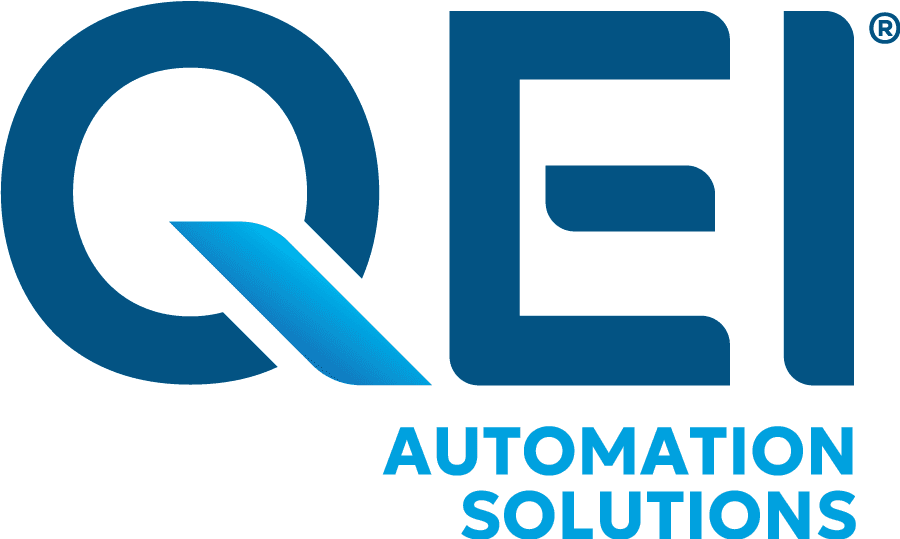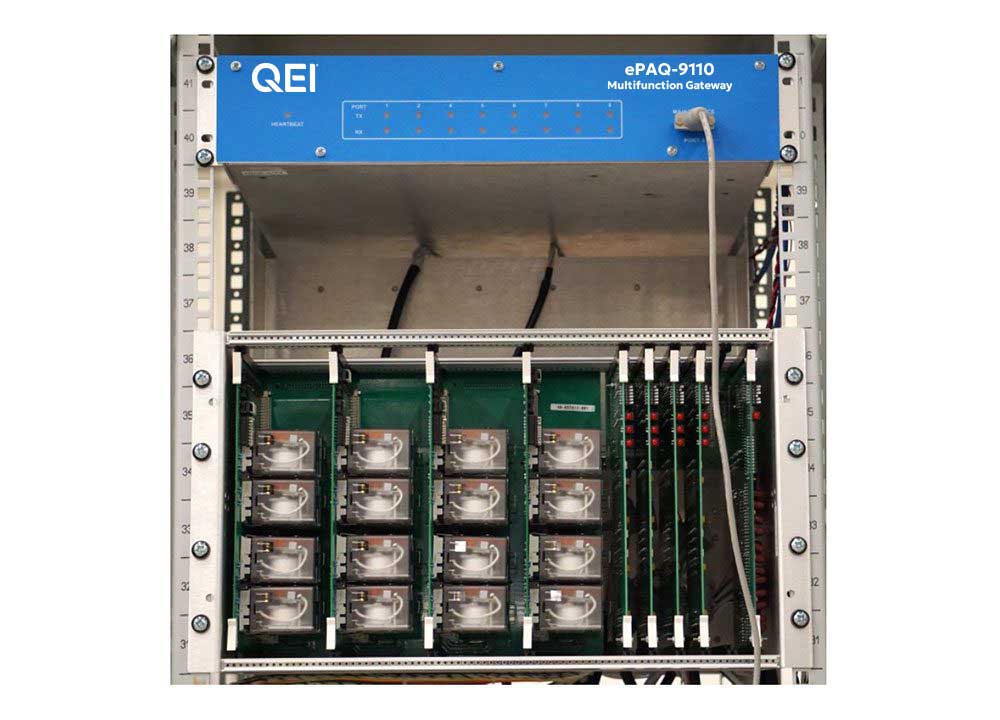STN-9180 High Density RTU
Legacy RTU installations often have high status, analog and control point counts to support a variety of hardwired points, control relays and transducer banks. While modern Intelligent Electronic Devices (IEDs) provide this input for newer installations, it is just not cost effective to upgrade all points immediately.
The STN-9180 high density RTU provides a means of easing the transition to IED connectivity, while preserving you considerable investment in existing wiring and transducers. The STN-9180, with high density I/O, consists of a 6CPP6 central processor panel in a large NEMA 4 enclosure, with one or more high density card cages to contain the status, analog and control boards.

ConfigWiz provides a drag & drop, Windows® user interface which prompts the technician through the steps required to define an RTU:
- configuration of all communication ports
- selection of IED communication clients
- selection of Master Station communication servers
- mapping of the data points between the RTU’s IED client database and Master Station server database
When the configuration process is complete, the resultant RTU configuration file is PC archived for long term storage, and then compiled and downloaded into the STN-9180 for execution.
There are three models of card frames: the 6HD1, 6HD2, and 6HD3 with six, twelve and eighteen total status and analog card slots per frame. (respectively). All three versions have four slots dedicated to control cards. In all versions, status and analog field terminations are to externally mounted 6STB and 6ATB cards (respectively). Control terminations are made to the reverse of the frame itself.
If more I/O is required, additional card cages may be daisy-chained together thereby providing the capacity to handle the needed hardwired I/O points.
In addition to this high hardwired I/O capacity, the STN-9180 also has both RS-232 and RS485 connections for both master station and IED communication capability. The number of serial communications ports number may be expanded up to 9. An add-on daughterboard will supply TCP/IP connectivity through two ethernet ports for either communications or configuration. A large library of current and legacy protocols is available for communications with master stations and IEDs.
The data points for I/O boards and IEDs are mapped for communications to the master station or to other ports using our Windows® based ConfigWiz® software. Any value retrieved from an IED or hardwired input may be mapped to one or more communications ports regardless of protocol, communications medium, baud rate or polling method. The STN-9180 is very useful for matching legacy communication channels and protocols to your current enterprise network.
- Server Protocols (to master station): DNP3 (Serial and over IP), L&G 8979 (Serial and over IP), Modbus (RTU and TCP), QUICS (Serial and over IP), Tejas/Valmet Series III/V, BETAC, CDC I & II, Conitel, and others.
- Client Protocols (to IEDs): DNP3 (serial and over IP), Modbus (RTU and TCP), SEL Fast Meter/ASCII with device discovery.
- Local or remote web browser interface.
- Programmable Logic and Communications Control (PLCC) capability for user defined closed loop control algorithms such as for Volt-VAR control, or for substation data reduction.
- Hardwired I/O limits:1024 status, 128 analog + control
- Configuration is accomplished through secure ConfigWiz® management program via local maintenance port or local/remote IP connection. A full complement of data filtering, port switching, IED I/O control, and other management/diagnostic functions are present.
- 1 msec Sequence-of-Events (SOE) status and optional IRIG-B clock input.
- Power supply: 120VAC, 24Vdc, 48Vdc or 125Vdc.
What Our Customers Have to Say
“QEI is always making improvements to their product, and it is almost always a result of customer feedback. QEI listens, acts, and highlights the improvements every year at the user conferences. Great job QEI!”
North American Utility
“QEl did a fabulous job installing and configuring four SCADA servers for our Quad-Redundant QEI SCADA system.”
Florida Water Utility
“For over the last 10 years, we have had a QEI SCADA system that monitors our two substations and line reclosers. We have been very happy with the quality of their product and more importantly, the service that they provide to maintain the system. Everyone at QEl really seems to know their product inside and out.”
Village of Lake Placid
“We have utilized QEl for our SCADA needs for over 20 years. They provide an excellent system, both software and hardware. QEl’s staff has alwavs been there for our needs and is always helpful and friendly We highly recommend QEl’s system and their maintenance contracts to keep your system current.”
Emerald Coast Utilities Authority (ECUA)
“The new website is very user-friendly. I really like the Customer Portal, which provides quick access to manuals, presentations, and software updates. Q Tips and more.”
City of Wilson, NC
“We have always been able to rely on QEl for their technical knowledge and support. Thank you QEI.”
Mid-Atlantic Municipal Utility
“QEl is a company that not only makes a great product but backs it up with outstanding service.”
Village of Lake Placid
It’s Easy to Get Started
STEP 1:
Schedule a Consultation Call
Let’s talk through your goals and what your current infrastructure looks like.
STEP 2:
We’ll Collaborate to Develop a Solution
We’ll develop a plan to modernize your infrastructure to meet your goals.
STEP 3:
Experience the Advantages of QEI
We’ll coordinate and execute the plans for your upgraded system.



